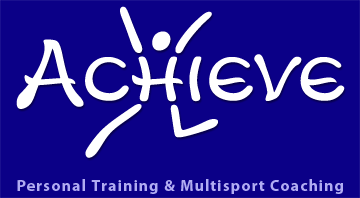Question: Fiance trying to diet, but gets frustrated at me when I try and motivate her?
My fiance and I have been together for about 2 years. In that time, she has gained a little bit of weight, but nothing serious. I still think she looks great, and never comment to her that she needs to lose weight. However, she isn't happy that she's gained this 10-15 pounds. Her pants are apparently getting tighter, and she even joined a gym and committed herself to eating better. (The problem is made worse by the fact that my ex was a runner and trains to be a fitness model. But I have never said anything to compare her to my ex...good or bad. The past is the past and I never bring her up)
Fast forward to now. We have a cruise coming up in 4 months, and the wedding in 10 months. She asks me to keep her on the right track with her diet and gym habits. I am happy to do that, because I am very strict with what I eat and go to the gym religiously. Every time she cheats on her diet with a pizza, burger, chocolate, giant pretzel, etc. she gets upset and down on herself. I hate seeing this so I try to remind her of what she is working for whenever she is about to eat something like that. But then she gets upset with me and says I'm nagging her, and making her feel bad about herself. What should I do? Just shut up and let her crash on her diet and beat herself up for it every time?
Answer:
Even though she's asked you to help her, she really doesn't want you to call her out on her "cheats". It's like when she asks you, "Do these jeans make me look fat?" - it's really not a question so much as a need for you to give her positive feedback.
My suggestion is that the next time she mentions her weight, ask her if she'd like to get a personal trainer or join a class (like Boot Camp, Spinning, or CrossFit) and then offer to buy her one month as an early wedding gift.
Or suggest signing up for an event together (5K, cycling tour, etc) as having a goal other than weight loss is the best way to actually lose weight. Training for something will give her workouts a greater purpose & keep her motivated - especially as she starts to see fitness results, not just weight loss results.
If she still gives you grief over these options, you're in for a long road of self esteem issues that only she can resolve - possibly with the help of a life coach/therapist/mentor. Coaching your loved one rarely works, but an "outsider" is a non-threatening source of advice and guidance. Encourage her to reach out for help.

